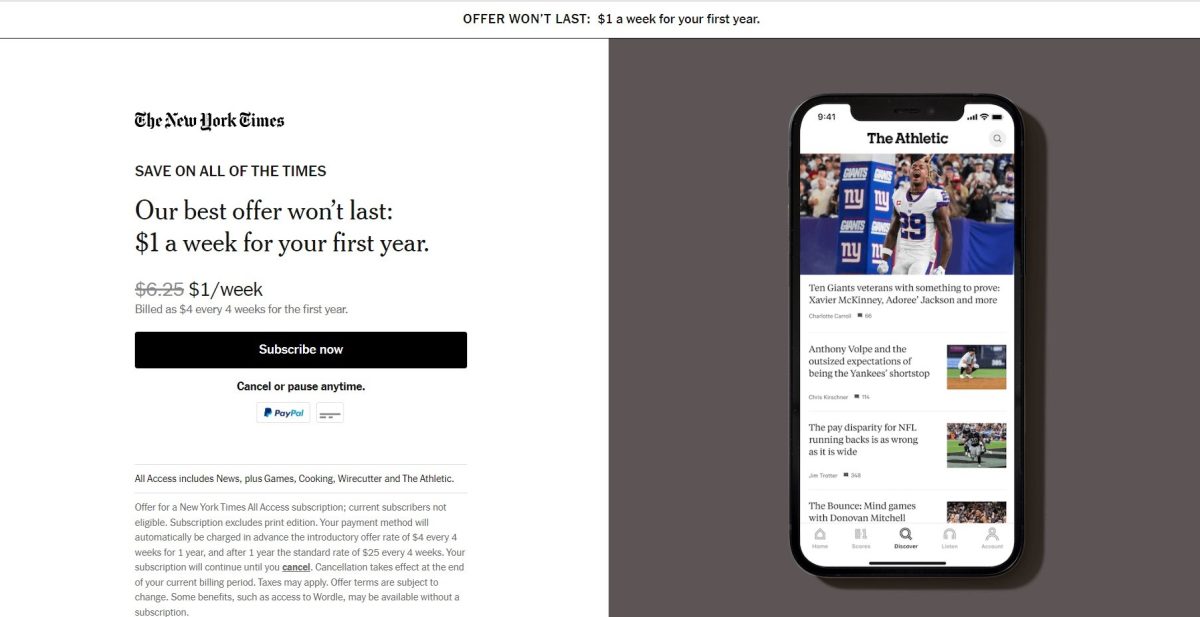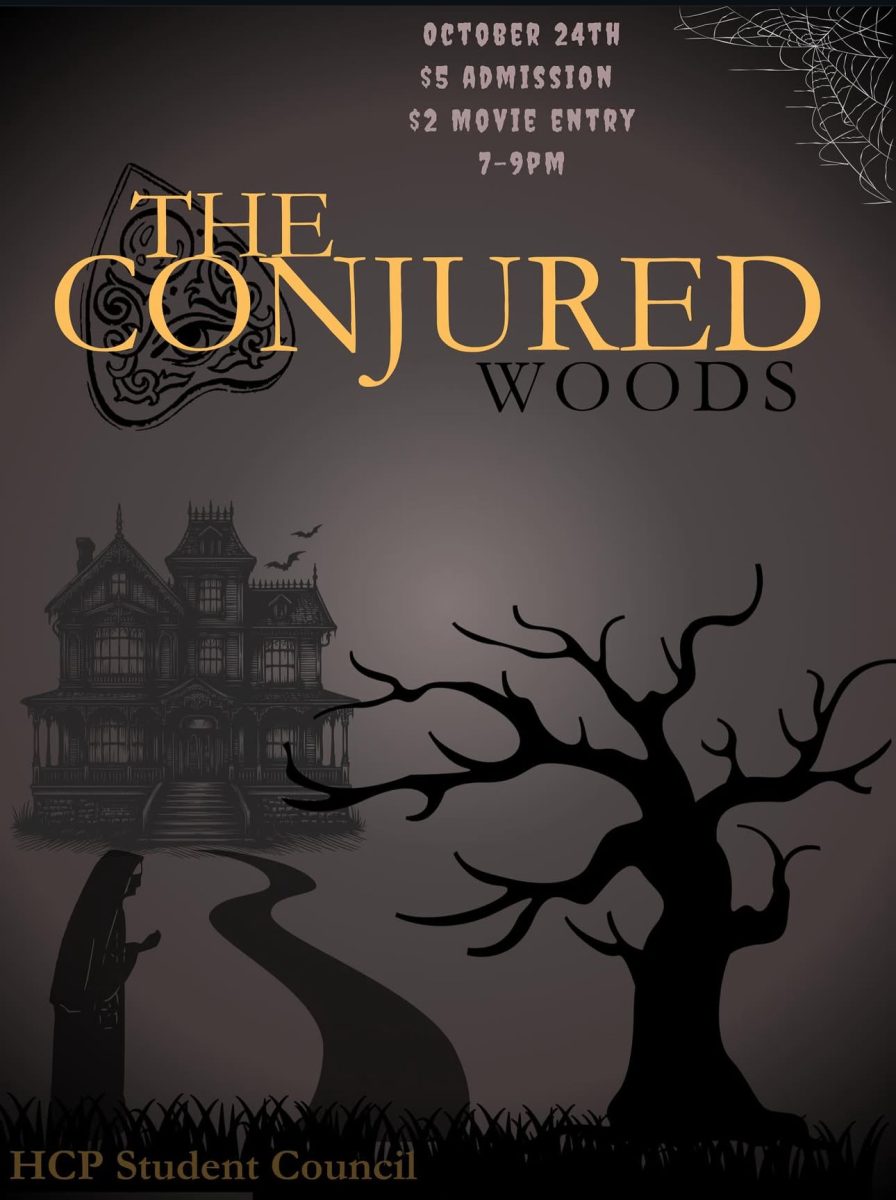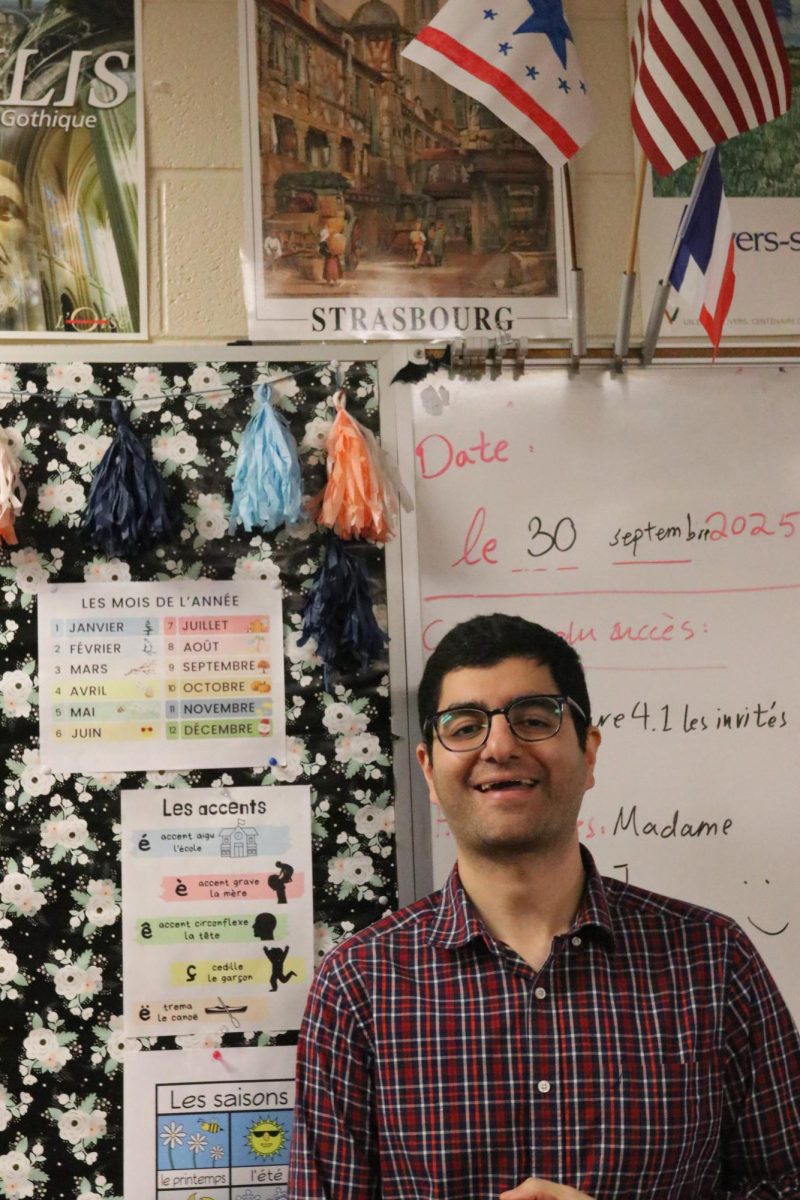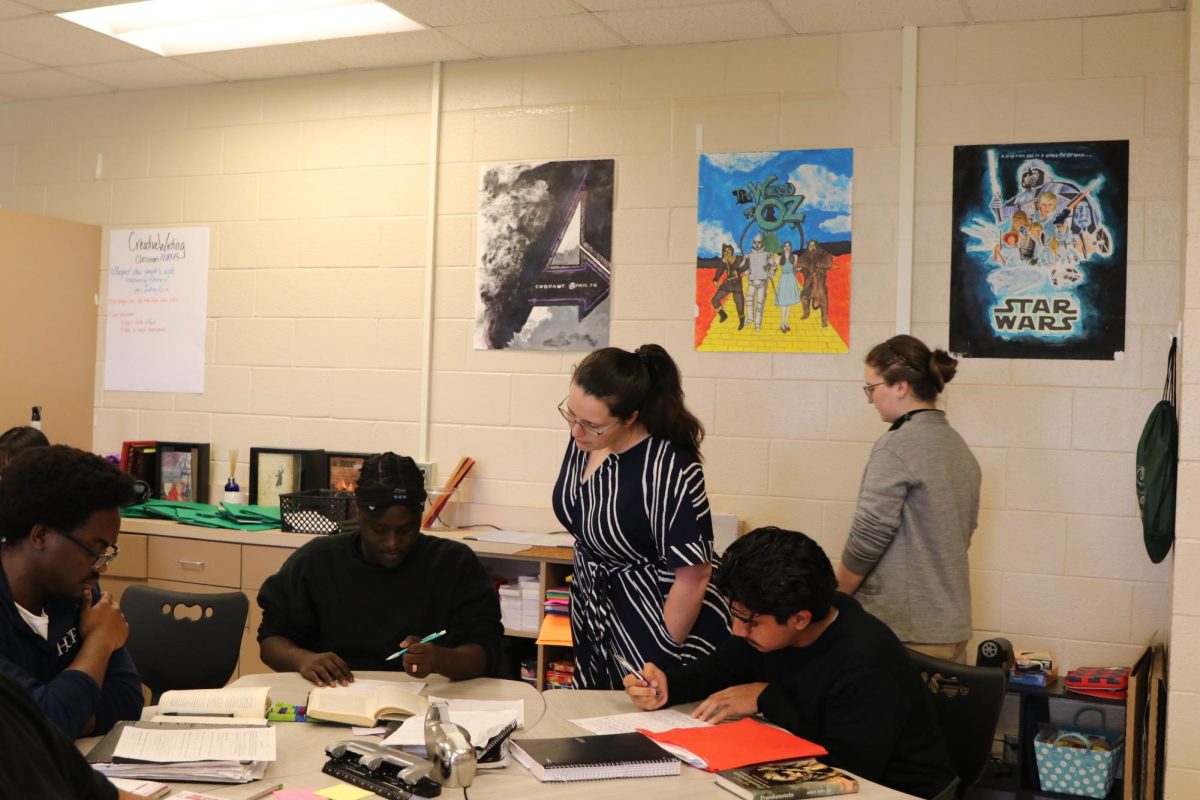In the world we live in today, there is an influx of incorrect, unreliable and even fake news. Most students today find their news through social media and free sources online.
Due to reliable and well-known sources being blocked by a paywall, this limits students capabilities to find accurate and reliable information.
“This isn’t just for research for students’ papers, [it’s] for them to develop and confirm their own opinions based on reliable information,” said Media Center Specialist Jillian Thomas.
English teacher David Walsh, who has a subscription to multiple news sites said, “[That] the addition of the paywall helps ensure accurate information.”
“There are music services that are half price for students,” he said. “Why not for news sites?”
During COVID-19, some news sites dropped their paywalls for schools. This past summer that has stopped. Thomas has just been given a library budget, and is considering trying to set some aside to pay certain publications to drop paywalls for the students at HCP.
“My library budget is already small, and the New York Times quoted me $700 for a year.”
Walsh said that this is about more then just the students.
“Newspapers are at a crossroad, there is no way they can do it for free,” he said. “They need to make money to keep publishing.”
The concern with online news sites and algorithms only providing one side of a political value worries Walsh.
“How are they supposed to learn and have a conversation, when they are only ever seeing one side?” he asked.
“It’s just hard for me to fathom that the next voting generation is getting their information from social media. This shouldn’t be something out of a library budget, but out of a school main budget,” Thomas said. “We have one for books, why not one for accurate information to educate our students?”
From both opposing views, Walsh said, “There is no perfect solution, in the end haters gonna hate.”






